Not Finding What You're Looking For?
Active After Breast Cancer
Tara, diagnosed with breast cancer in early 2016 during a regular mammogram, was training for a 10-mile race. How would treatment affect her active lifestyle?
Patient Story
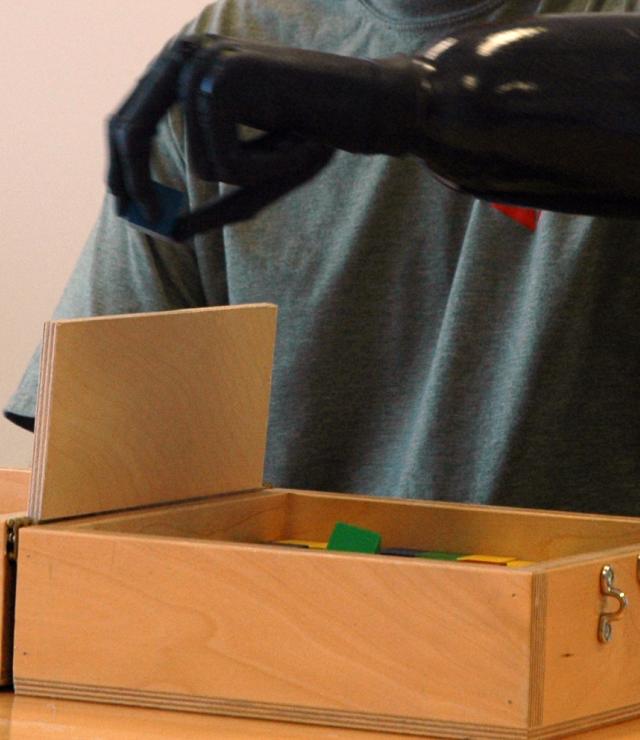
Application of Targeted Reinnervation for People With Transradial Amputation
We will quantify the effect of TMR on persons with below-elbow (transradial) amputation.
Research Project
COMPLETE: Manual Standing Wheelchair
Researchers at the AbilityLab have designed the first-ever manual standing wheelchair that allows users to be mobile in both sitting and standing modes.
Research Project
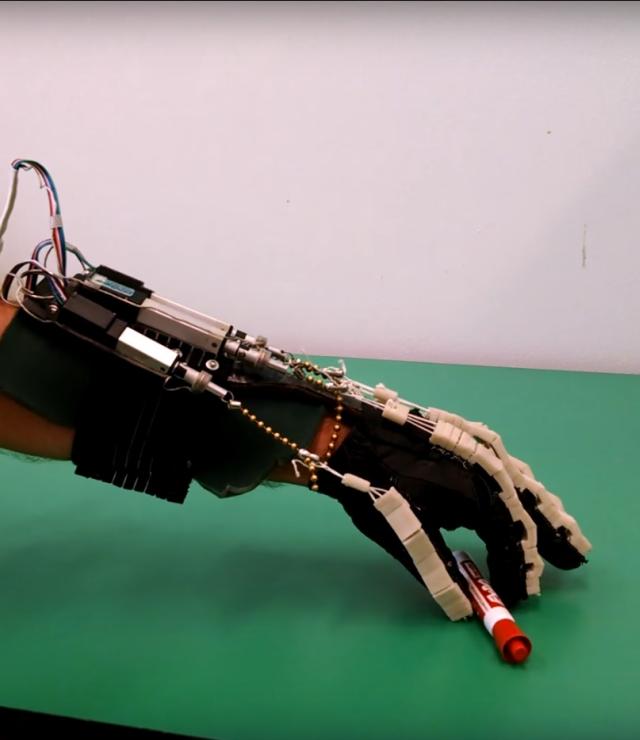
Altering Activation Patterns in the Distal Upper Extremity After Stroke
This study evaluates a rehab approach for stroke survivors where the combination of drug therapy & AMP is used to encourage voluntary muscle control & strength.
Research Project
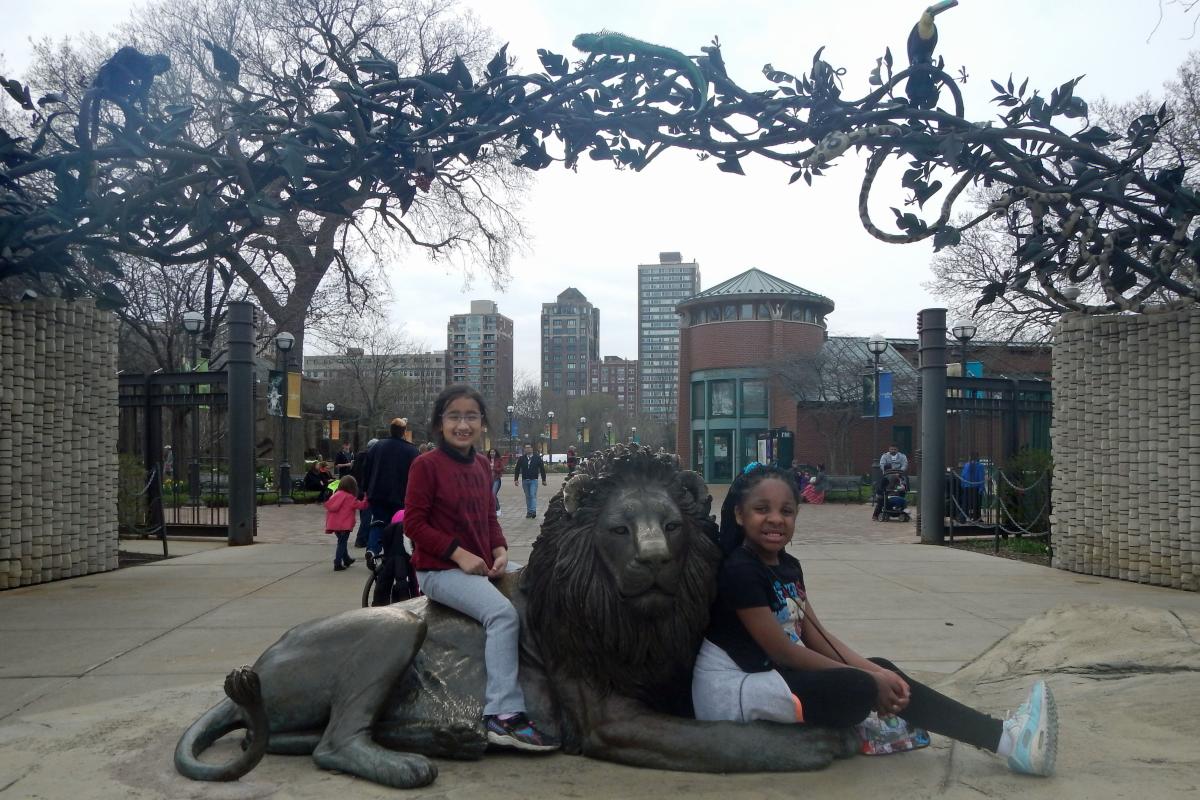
Sports for Kids Year-Round Programs
Sports for Kids School Year Programs offers a variety of recreational, social and sports activities from September through June.
Blog
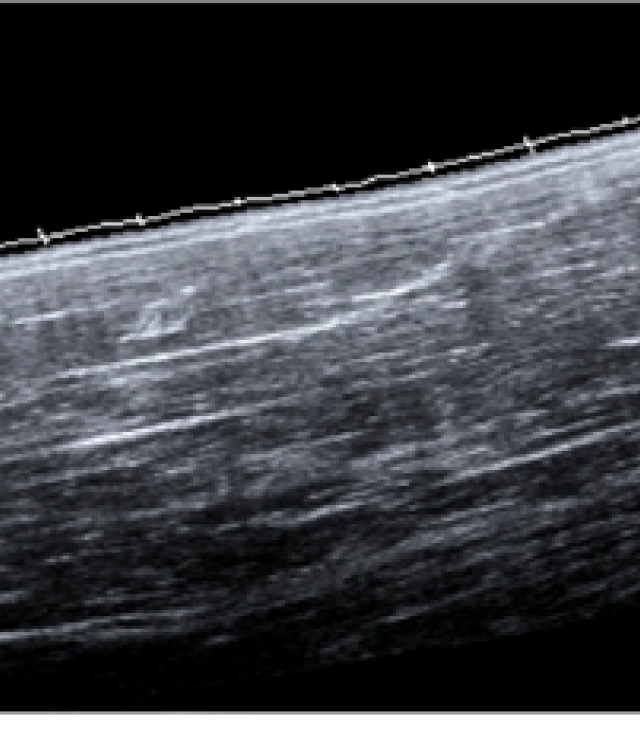
Motor Impairment Related Changes in Muscles Properties in Chronic Stroke
Interested in understanding if the chronic neural impairments & disuse of the upper limb associated with hemiparetic stroke lead to changes in muscle structure
Research Project
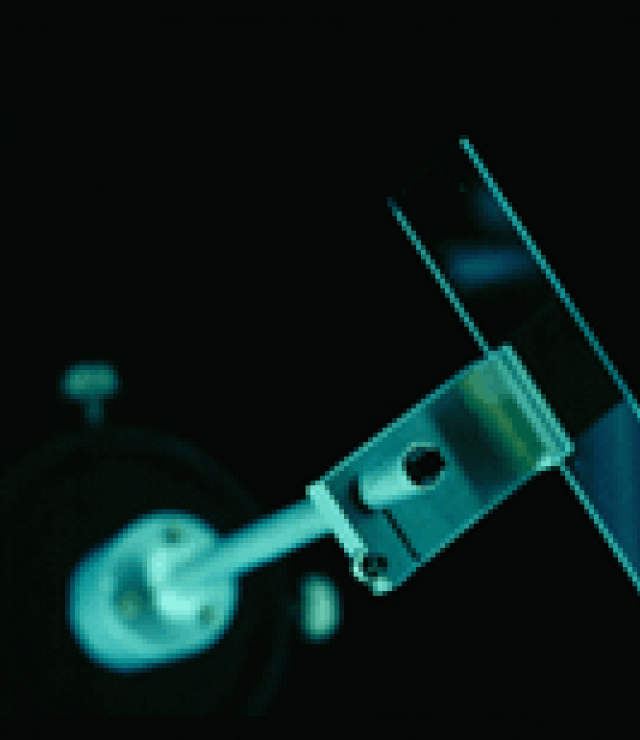
Intraoperative Sarcomere Length Measurements
We have found that spastic muscle, although having a normal stretch reflex, has a significantly higher intrinsic muscle stiffness compared to control muscle.
Research Project

Relationship Between Intramuscular Pressure and Muscle Force
We are developing a minimally invasive tool to measure muscle force using fiber optics.
Research Project

Leora Cherney, PhD, Named Research Chair for Shirley Ryan AbilityLab
Dr. Cherney to serve as chair of Think + Speak Lab within RIC’s new research hospital.
Press Release

Classic Video Game System Used to Improve Understanding of the Brain
RIC researcher uses Donkey Kong to help guide new approaches in neuroscience.
Blog
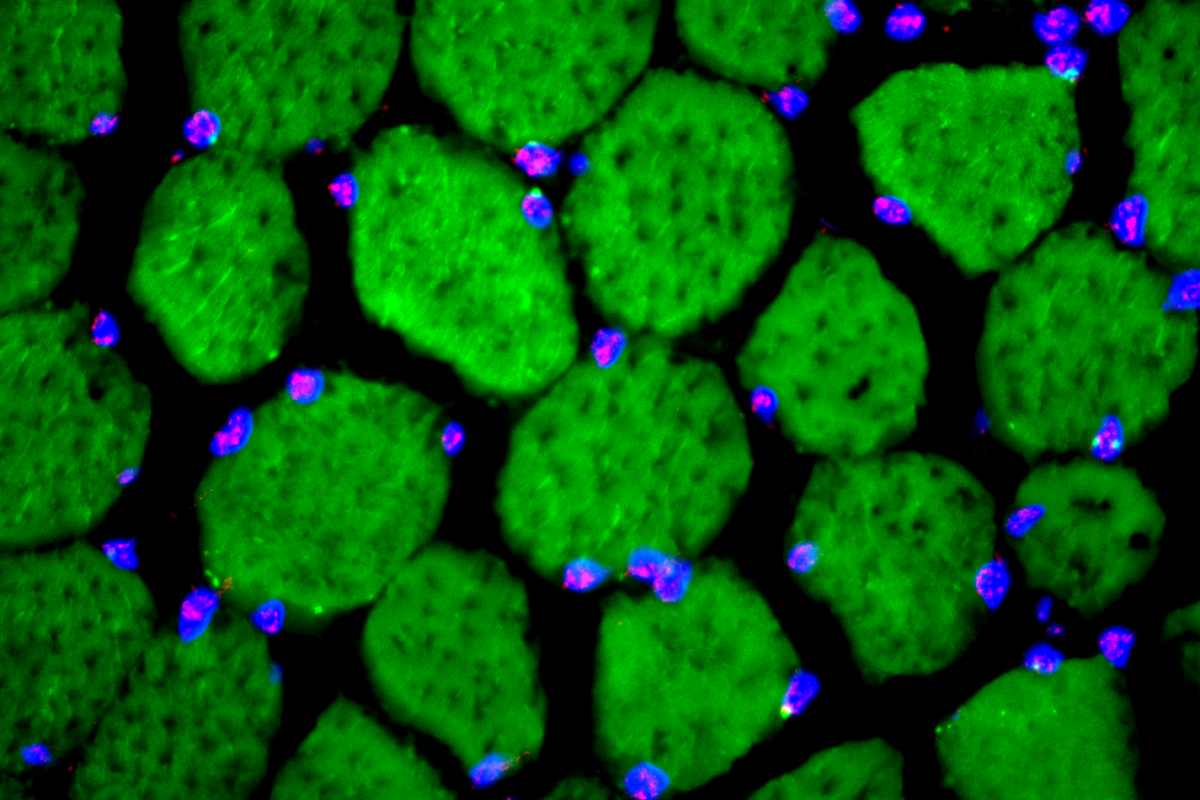
3D Imaging of Muscles Points to Potential Treatments for Muscle Diseases and Injuries
A new form of 3D imaging of muscles has allowed researchers to “see” inside muscle and trace long cables made up of a protein called collagen.
Blog
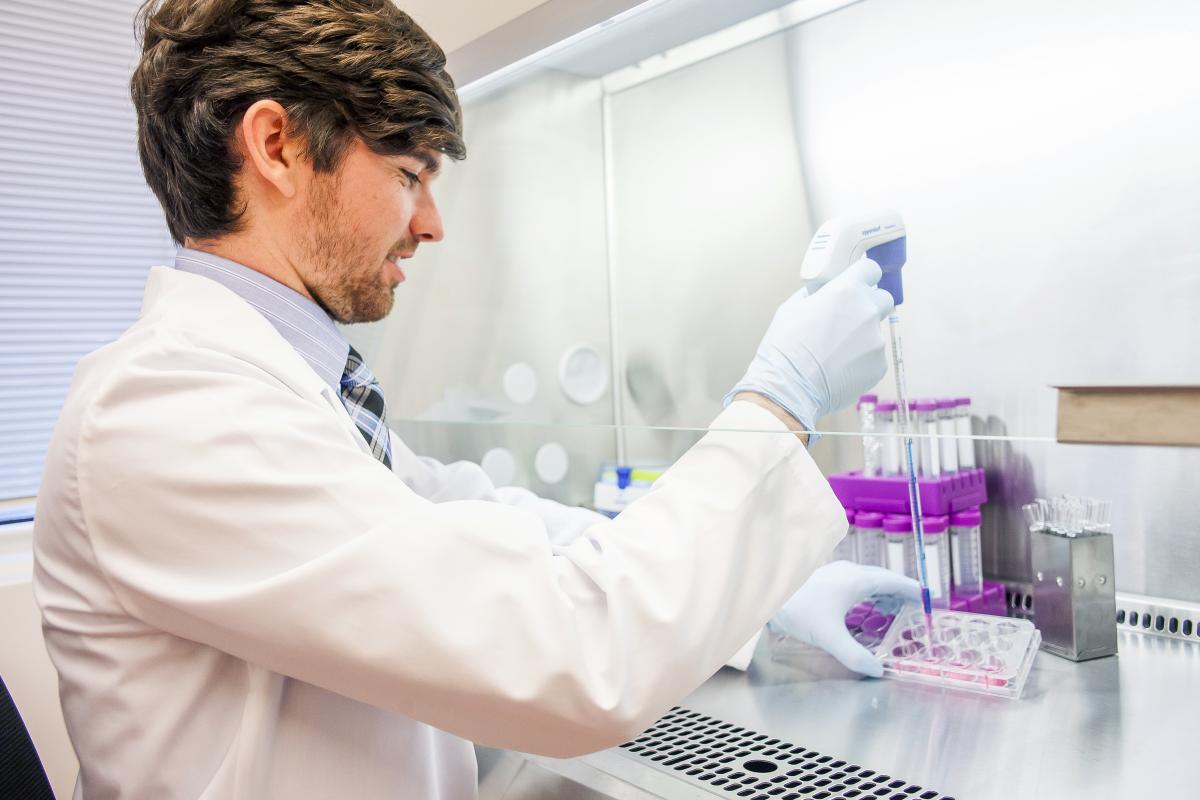
Pain Management: Placebo Sweet Spot for Pain Identified in Brain
New technology will enable targeted pain medication based on individual’s brain response and allow clinical trials to more accurate weed out placebo responders
Blog